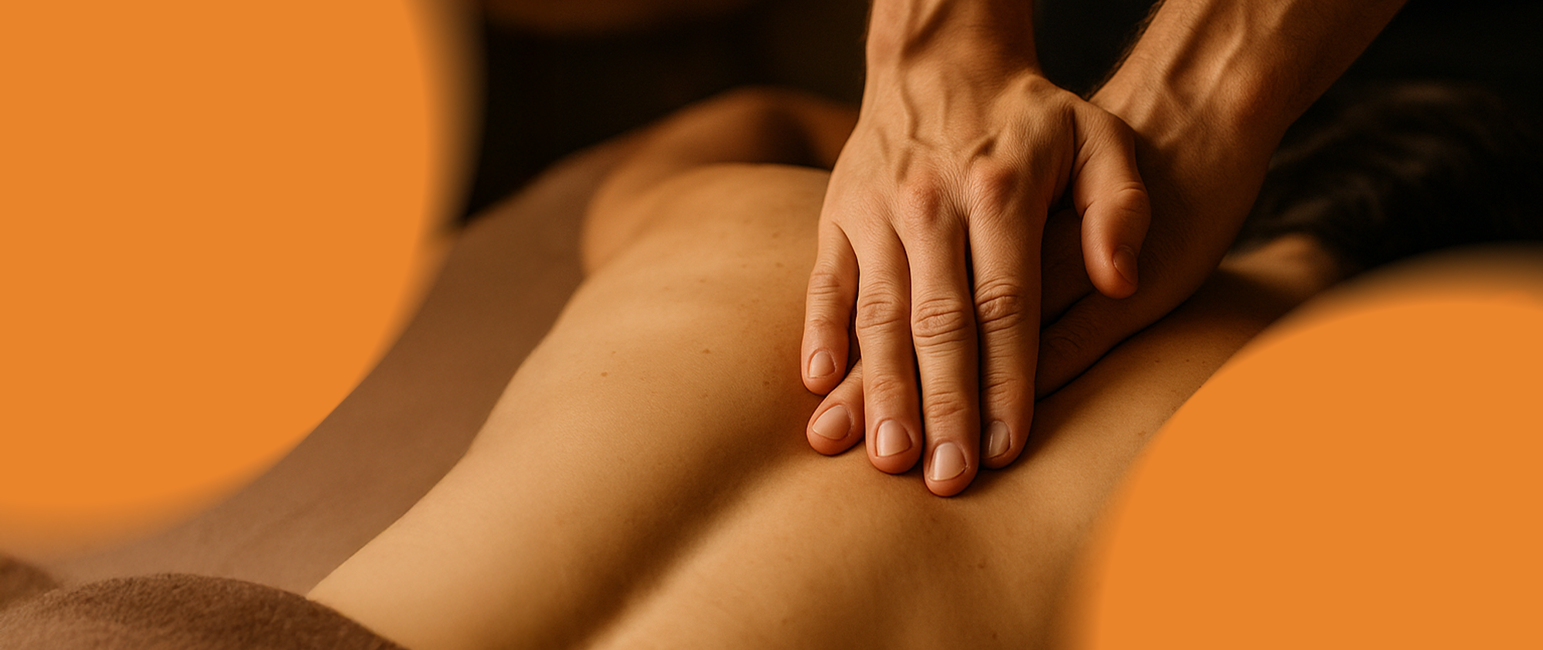Greetings to all fellow seekers of healing and self-discovery!
There is a sacred moment when skilled hands meet tired skin—a moment that can either cradle you into sweet oblivion or awaken forgotten parts of yourself. This is the fundamental choice between massage and deep bodywork: two profoundly different, yet equally vital, approaches to healing through touch. One invites surrender; the other demands participation. One soothes the surface; the other dives into the depths.
The Gentle Embrace of Massage
Imagine sinking into warm table, the scent of essential oils in the air, strong hands moving in rhythmic waves across your back. This is massage in its purest form—a gift of deep relaxation, where the only task required of you is to breathe and receive.
Massage speaks the language of the parasympathetic nervous system. It coaxes your body into "rest and digest" mode, lowering cortisol, increasing serotonin, and creating space for the nervous system to reset. The fascia—that intricate web of connective tissue—responds to this nurturing touch by releasing superficial tension, like a sponge soaking up water after being wrung dry.
In traditions like Lomi Lomi Nui, the therapist becomes a conduit of aloha spirit, their flowing movements creating a meditative experience where thoughts dissolve into pure sensation. You leave feeling softened, unwound, cared for—but the work remains primarily on the level of relaxation rather than transformation.
The Awakening Power of Deep Bodywork
Now imagine a different kind of touch—slower, more intentional, sometimes even uncomfortable. The therapist's hands might pause where they encounter resistance, inviting you to notice what arises. This is deep bodywork, where the healing happens not just to you, but with you. In modalities like Myofascial Energetic Release, we enter into a collaborative dance. The therapist becomes a guide rather than a fixer, helping you stay present with sensations that might normally trigger withdrawal. Here, we work with the deeper fascial layers—where trauma often crystallizes into physical patterns of stiffness and numbness. The nervous system learns a new rhythm: not just how to relax, but how to regulate. This work asks more of you. You might be guided to breathe into a restricted area, to make sound, to gently move. Where massage offers escape, bodywork offers integration—the chance to reclaim disowned parts of yourself. A session might leave you trembling with release or weeping with recognition, because we're not just working with muscles; we're dialoguing with the body's memory.
Two Medicines, One Truth
The beauty lies in understanding that both approaches have their place in the healing journey. Sometimes we need the sanctuary of massage—the permission to simply be cared for. Other times, we're ready for the sacred challenge of bodywork, where discomfort becomes the doorway to deeper freedom. The choice depends on where you are today. Are you seeking respite from the world's demands, or are you ready to meet what your body has been holding? Both are acts of courage. Both are paths home to yourself. The hands-on healing arts remind us of a profound truth: transformation begins when we make contact—with skilled practitioners, with our own edges, and ultimately, with the wisdom waiting in our flesh. Whether through the liquid grace of massage or the awakening fire of deep bodywork, every intentional touch whispers the same invitation: You are here. You can feel. You can heal.
With heartfelt compassion and dedication,
Nisarga Eryk Dobosz - BBTRS, BCST, CI, MER, LOMI







